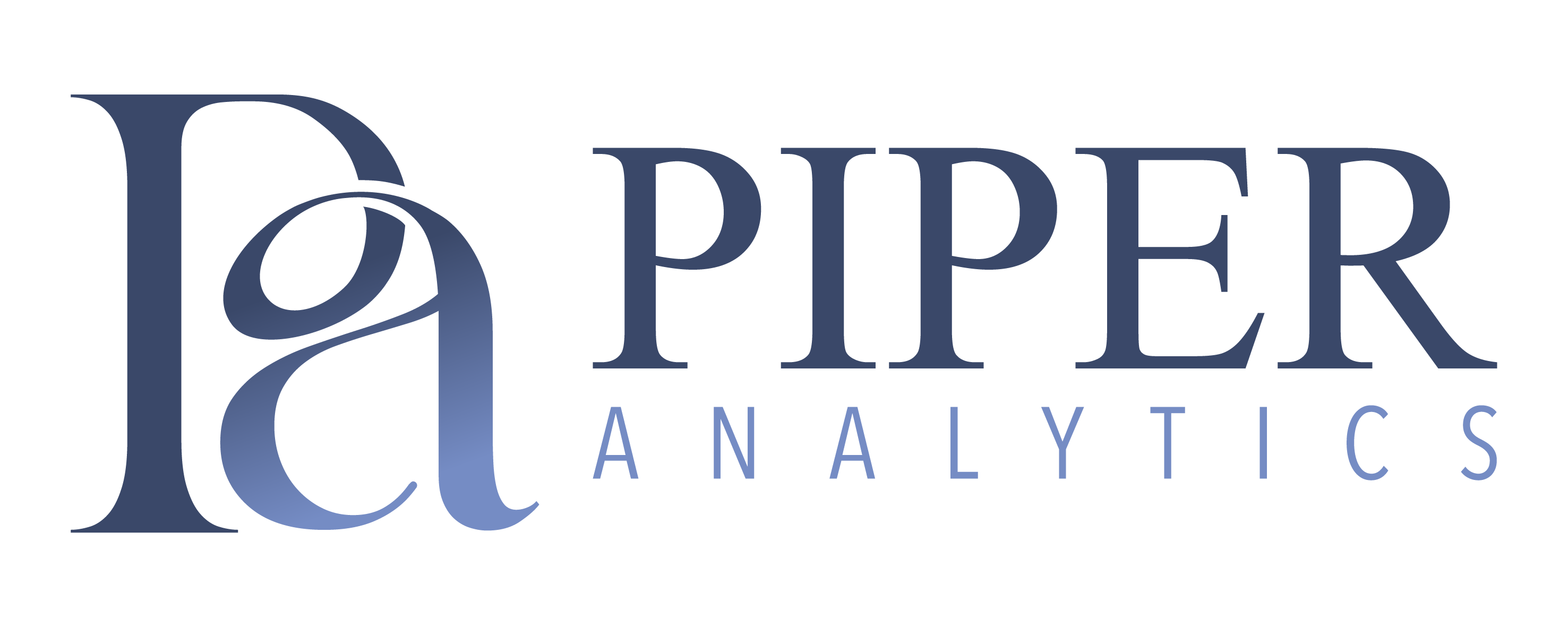Very simply, there are two types of options – informal and formal – for a company that finds itself in financial distress. Which option is the most appropriate will depend on the circumstances.
Informal options would include trying to trade out of the current situation or entering into an informal compromise with creditors. Any informal compromise would not be binding on creditors and should one or more creditors be unwilling to accept the compromise then they are legally entitled to exercise their legal rights for recovery of the monies due to them. The caveat to pursuing an informal option is that directors need to be careful that they consider all creditors equally and do not make matters worse and incur further debt the company is not in a position to pay.
The more formal options can either be terminal or non-terminal.
The terminal option would be liquidation (either a creditors’ voluntary liquidation or the winding up of the company by the court). The creditors’ voluntary liquidation is commenced following the passing of a special resolution of the members to wind up the company. At a meeting of creditors, the creditors are given the opportunity to appoint the liquidator. The alternative is the winding up by the court (or compulsory liquidation). This process is commenced following a petition to court, normally by a creditor, for a winding up of the company. In both instances, creditors’ voluntary winding up and compulsory liquidation all the company’s assets are sold and the proceeds are used to pay the costs of winding up the company and partially settling the creditors. Once the liquidation process is complete the company is deregistered and ceases to legally exist.
The non-terminal options would include the company entering judicial management with the intention that under this arrangement and with potential protection for its creditors the company can return to solvency and carry on as a going concern.
The other alternative is to enter into a formal scheme of compromise with the company’s creditors. Such a compromise would need to be agreed to at a meeting of creditors and would be binding on all creditors should it be accepted by the majority in number and 75% in value of the creditors voting at the meeting either in person or by proxy.
In considering what option is most feasible it is critical that the company has as reliable and up-to-date information as possible. The information that would be considered in assessing the options would include, in addition to the latest set of management accounts and financial statements:
- Industry type
- Main Customers
- Main Suppliers
- Details of Employees
- Management
- Creditors including Secured Creditors
- Legal Action Pending
- Any Wider Issues to be considered (e.g. Environmental).
We do know that when companies are in financial distress and directors are under considerable stress compiling this information can be a challenge however the more reliable and accurate the information is before you come to see us the better we will be in a position to assist.

